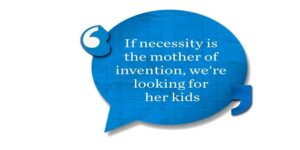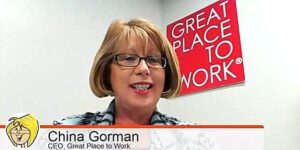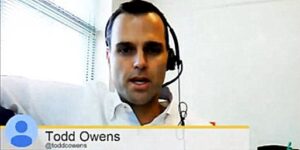
What to Do at SHRM 2019
In just a couple of weeks I’m headed to Vegas! And not just to gamble and lounge by the pool — although I’m very good

In just a couple of weeks I’m headed to Vegas! And not just to gamble and lounge by the pool — although I’m very good

Most HR specialists agree they want to get better at talent acquisition. In a 2016 SHRM survey of more than 2,300 HR professionals, respondents said

Creating a world-class talent acquisition effort that incorporates cool recruiting ideas may seem unrealistic for many HR departments. After all, the pressure to fill the

With new social media platforms cropping up all the time, workplace social media rules must go beyond simply discouraging employees from putting off deadlines to

Most HR and business pros agree they want to get better at talent acquisition. In a 2016 SHRM survey of more than 2,300 HR professionals,
Like most Conflict Management is not my favorite subject. Nor am I an expert as I have an unresolved conflict currently brewing that I need
In the world of Human Resources, professional development, networking and relationship-building are not just nice-to-have; they are must-haves. Luckily, conference attendance is a solid way
In the world of Human Resources, professional development, networking and relationship-building are not just nice-to-have; they are must-haves. Luckily, conference attendance is a solid way
“Apollo was astonished Dionysus thought me mad But they heard my story further And they wondered, and were sad Looking down from Olympus On a
Two middle-aged men walk into an elevator. The taller and heavier of the two points to the other’s t-shirt. It’s an Saturday Night Live t-shirt

We’re very excited to announced that the TalentCulture #TChat Show will be live from the 2015 SHRM Annual Conference & Exposition in Las Vegas, NV

“Wait a minute. Wait a minute, Doc. Ah…Are you telling me that you built a time machine…out of a DeLorean?” “The way I see it,
By the time she met with me, her discomfort and exhaustion were evident. She was vulnerable and it showed: her tired eyes avoided direct contact

What does it take to meet top tech talent on today’s terms? Kevin Grossman weighs in after Dice exchanges insights with the #TChat crowd

What sets great employers apart? And what can other organizations learn from the best? Join a timely and important #TChat conversation this week

How can employers move the meter on their job candidate experience? Experts share survey results with the #TChat crowd

Looking to strengthen your pool of qualified talent? Try these tips to cast a broader net

In an age of HR specialization, how can one-person departments succeed? Suggestions from the #TChat crowd…

At most companies with 150 employees or less, HR managers fly solo. How can they be more effective and efficient in that role? Let’s discuss…

How can one person successfully juggle multiple HR responsibilities? Suggestions from a professional who has made it work

We know that mobile tools are rapidly transforming recruitment. But what about the rest of the hiring process? #TChat talks about why employers need to get ahead of the curve

Mobile recruiting is on the rise. What about mobile hiring? The TalentCulture community talks with HR technology experts

Every company has a distinctive organizational culture and “hiring culture.” To improve the impact of your hiring culture, focus on 3 essential elements…

Twitter. For recruiters, it’s now a hot spot — not only for talent acquisition, but also for professional development. Who’s leading this social learning movement?

What can today’s graduates expect as they enter the work world? The TalentCulture community talked about this and more during a whirlwind week at #SHRM13…